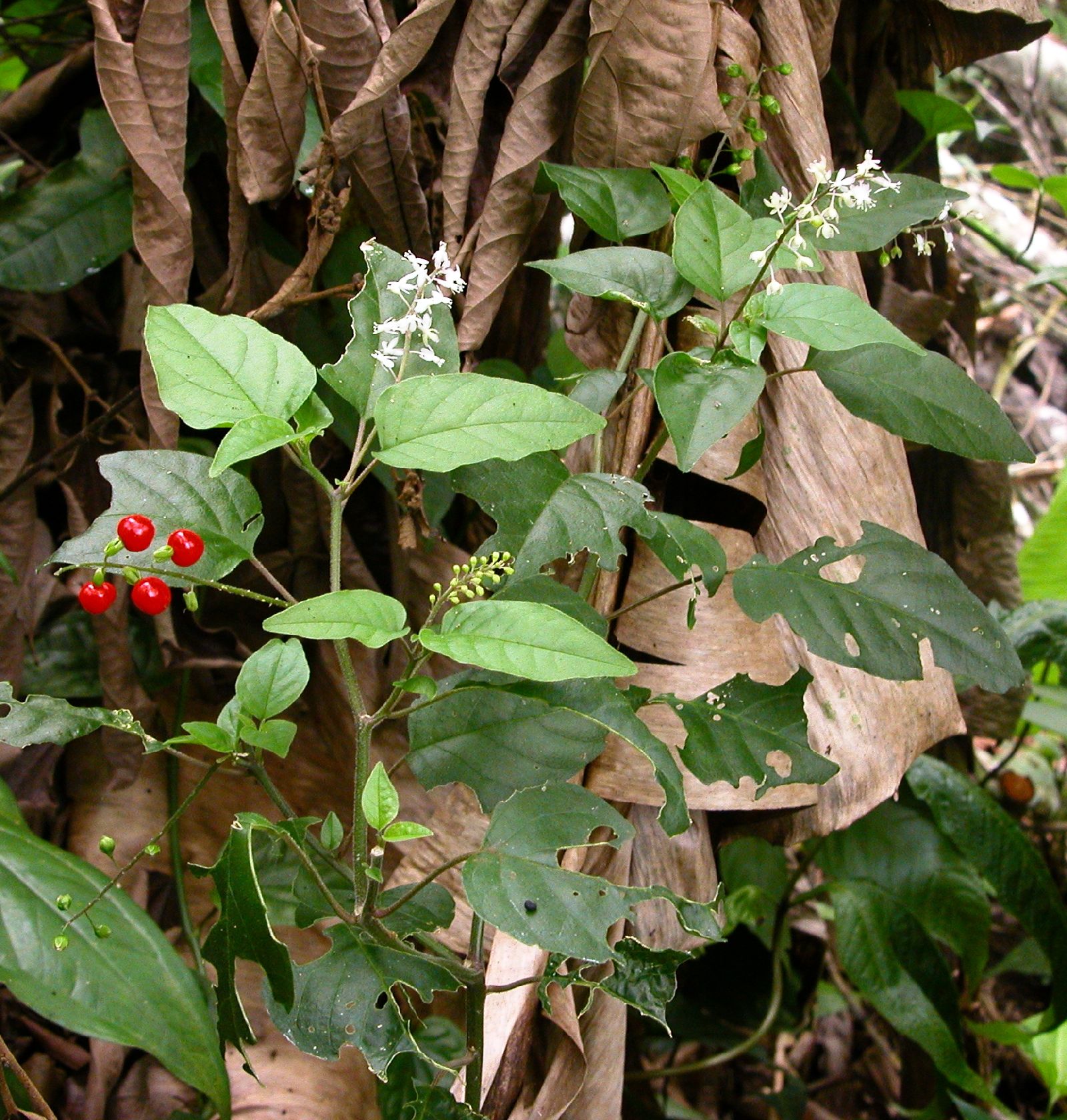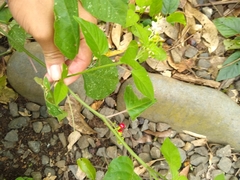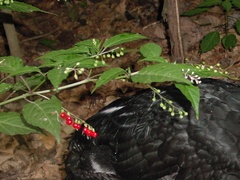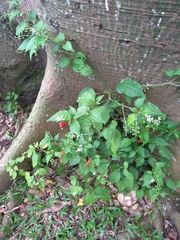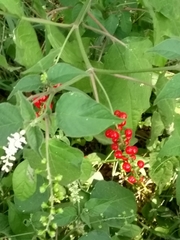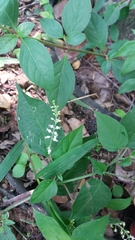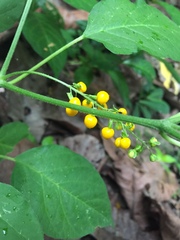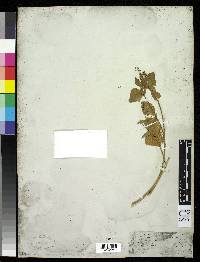
Neotropical Flora
|
Family: Phytolaccaceae
|
L., Sp. Pl. 121. 1753 Herb, sometimes woody at base, usually to ca 1 m tall; stems ribbed. Petioles 1-6 cm long; blades mostly ovate, acuminate, rounded to truncate at base, 2.5-12 cm long, 1.5-6 cm wide, glabrous to finely pubescent. Racemes terminal or axillary, 6-15 cm long; pedicels to 3 mm in flower, to 8 mm long in fruit; tepals 4, spatulate, 2-3.5 mm long, greenish in bud, white or pinkish at anthesis; stamens 4, alternate with tepals and inserted at base of perianth, 1-2 mm long; anthers held at level of stigma; ovary ellipsoid to obovoid, 1-carpellate; style ca 0.5 mm long; stigma capitate. Drupes red, broadly ovoid, 4-6 mm long, 3.5-5 mm broad; mesocarp juicy; seed ca 2.5 mm wide, round, weakly flattened, the pubescence dense, stiff. Reported by Standley (1933), but no specimens have been seen. A weedy species in the Canal Zone, it can be expected on BCI. Flowers and fruits throughout the year, principally in the dry season. Southern United States to Argentina; West Indies (Cayman Islands); Africa, Asia, and Australia. In Panama, known from tropical moist forest in the Canal Zone, Bocas del Toro, Colón, San Blas, Panama, and Darien, from tropical dry and premontane wet forests in Coclé and from tropical wet forest in Chiriqui. |
Powered by Symbiota.

